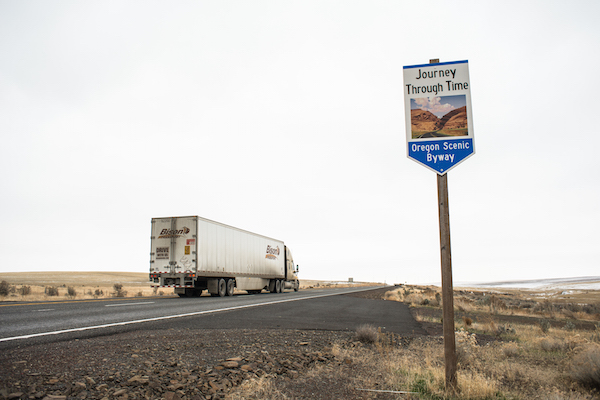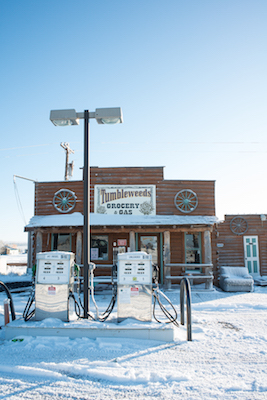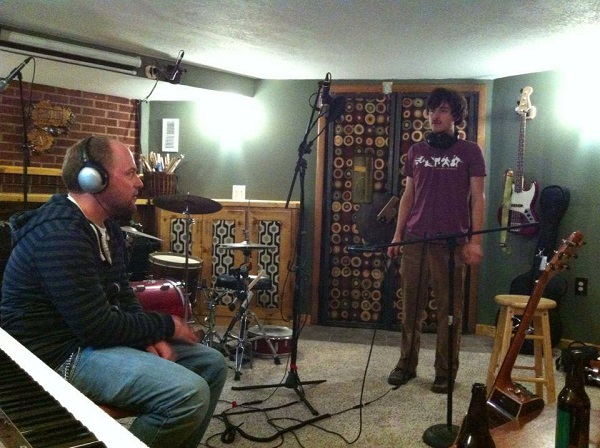Journey Through Time on Highway 97
I was halfway to the North Pole on Highway 97 before I reached Shaniko, the ghost town in northern Central Oregon. A sign read: “45th Parallel. Halfway Between The Equator And The North Pole.” Also known as the Journey Through Time Scenic Byway, this road is the passage for the journey from the all-but-abandoned Shaniko north to Biggs, at the intersection of Highway 97 and I-84.

photo by Talia Galvin
This is a land of wide open spaces, where dryland wheat farming has taken hold. Residents along this route are mostly growers who depend upon the whims of nature to determine crop viability. Though the climate is dry, farmers have worked with what nature provides and wheat has been a staple of the economy here for generations.
On a clear day, driving through this rolling outback lets you take in views that stretch to the eastern slopes of the Cascades and across wavy mounds of rich soil atop volcanic Columbia basalts—the legacy of eruptive forces at work well before the last ice age. On a rare rainy day, it’s harder to see the broad expanse but easy to see how the occasional sprinkling helps bring the crops to fruition.

photo by Talia Galvin
Shaniko itself has a legacy dating back to the days when wool was king. Trains, stages and riders made their way to the town, which, back in the 1880s, was called Cross Hollow. That name gave way to Shaniko for its first postmaster, pioneer August Scherneckau, whose name the area’s American Indians pronounced “Shæn-ih-koh.” By 1903, Shaniko had become the “Wool Capital of the World” after three concurrent sales brought in the largest total sale of wool on record to date. The next year, sheep farmers sold an estimated five million dollars-worth of wool to buyers in Shaniko. The glory was short-lived, though, as the railroad from Bend to the Columbia River (completed in 1911) bypassed Shaniko, initiating the downfall of the town. The town’s misfortune compounded when a fire burned down many of the buildings.









